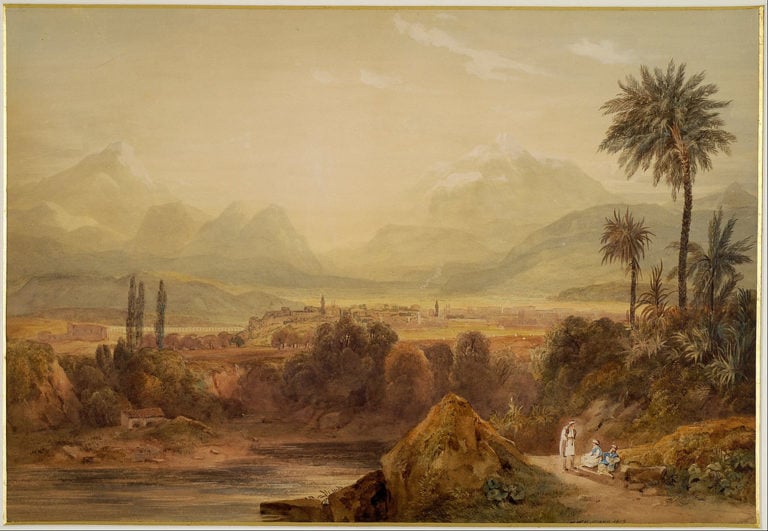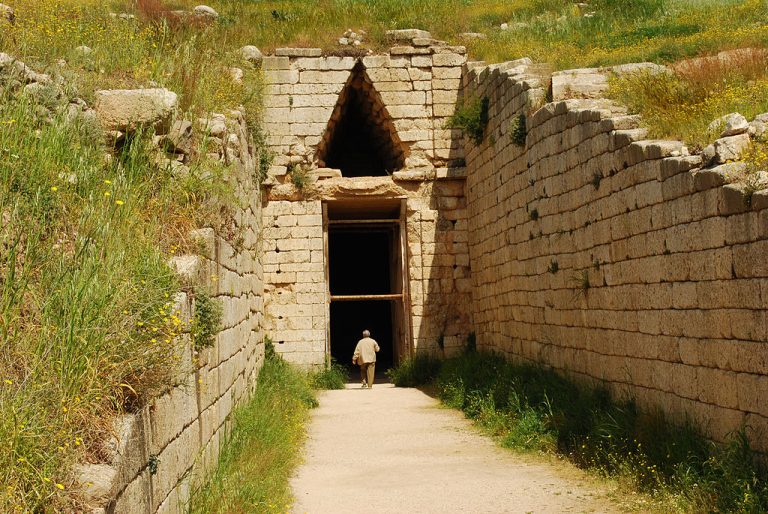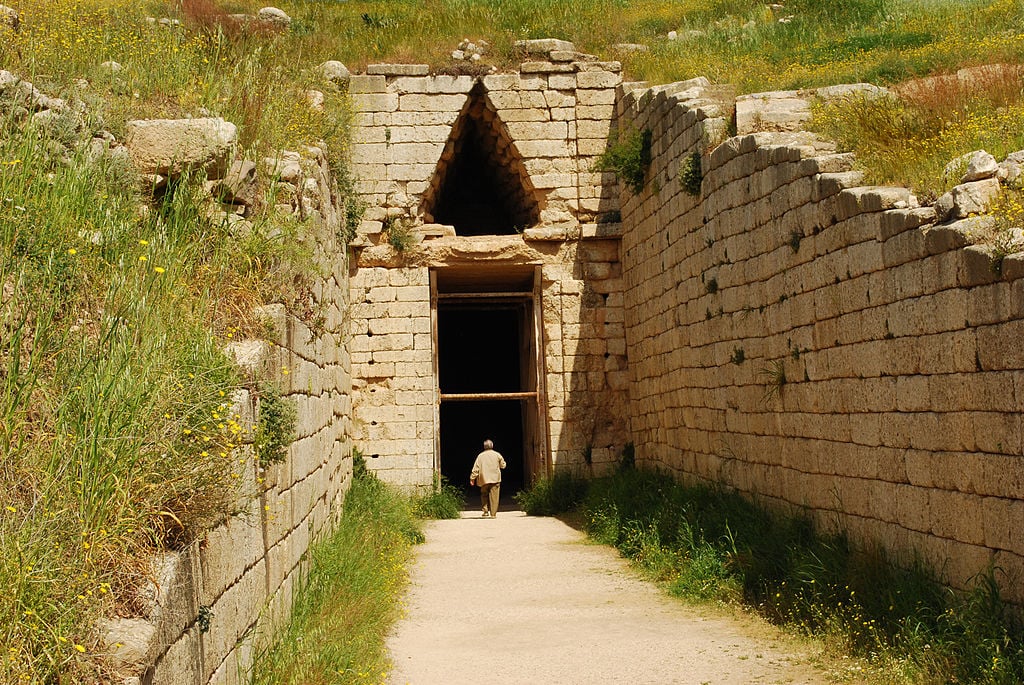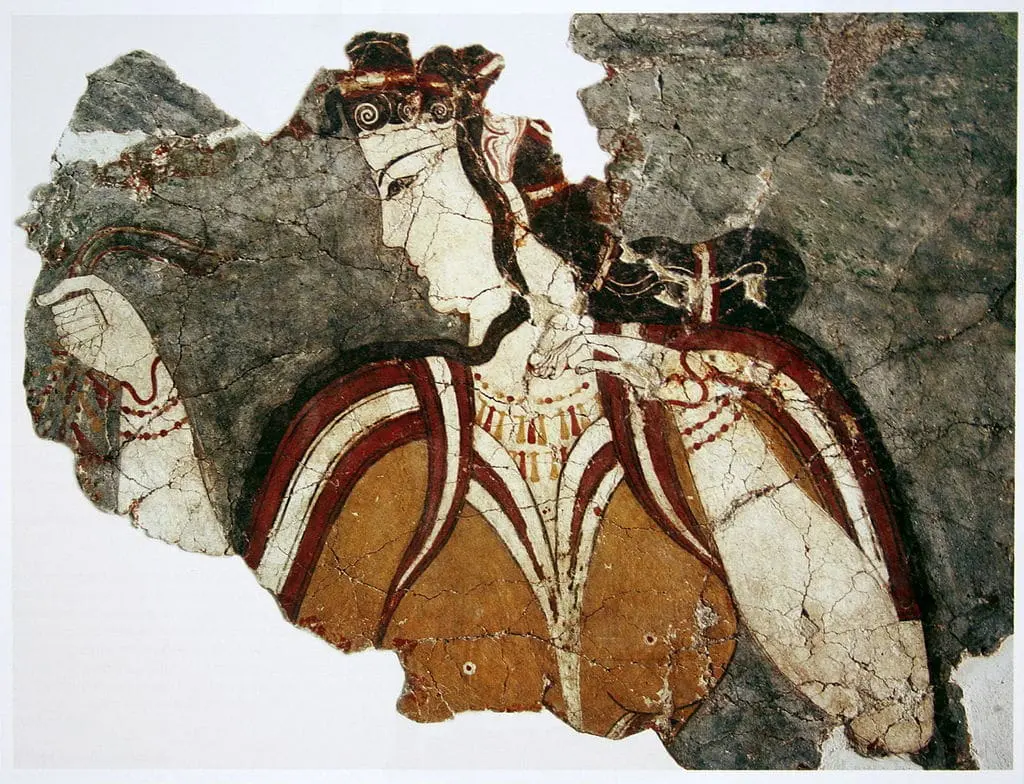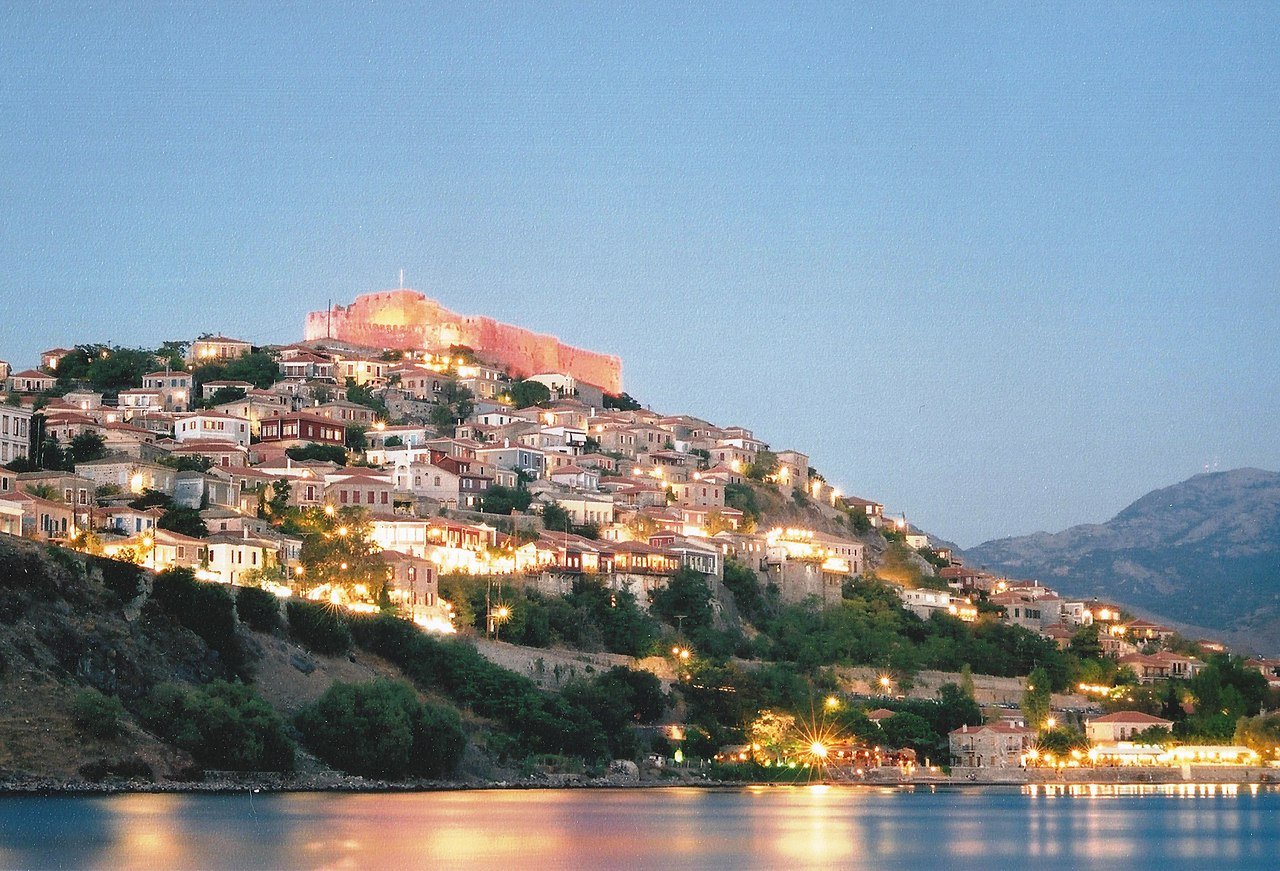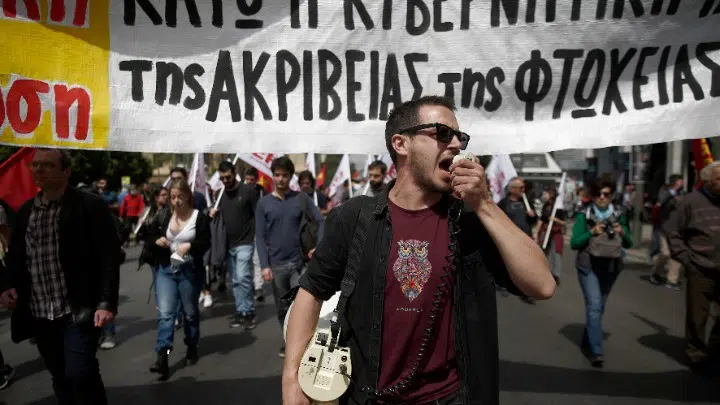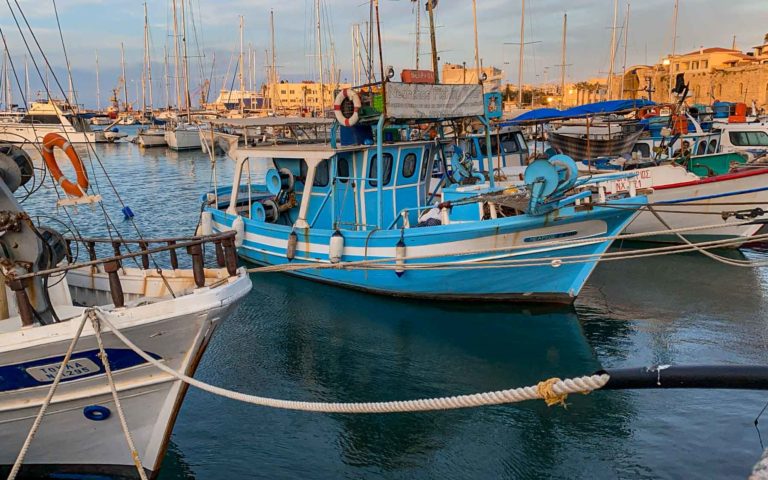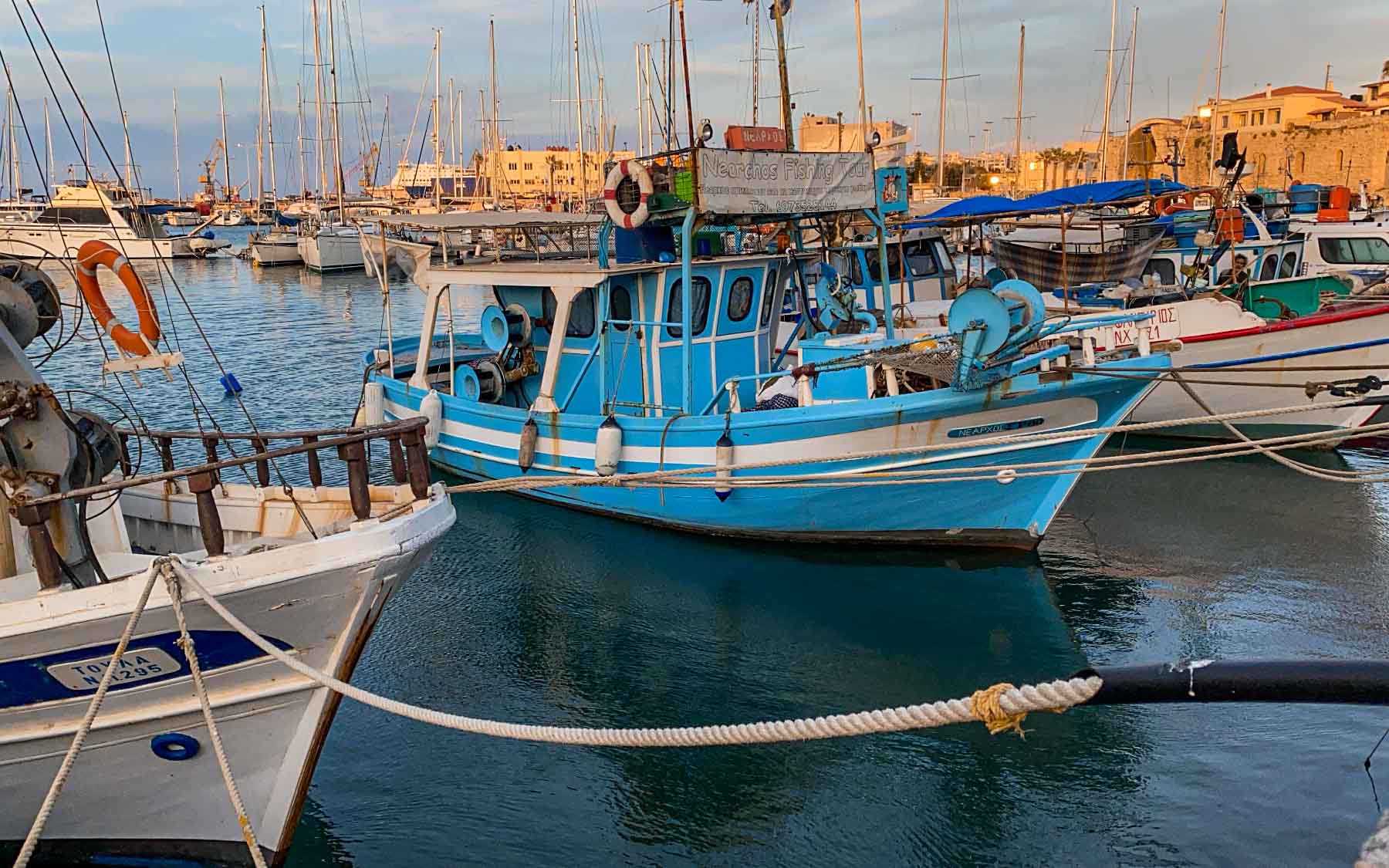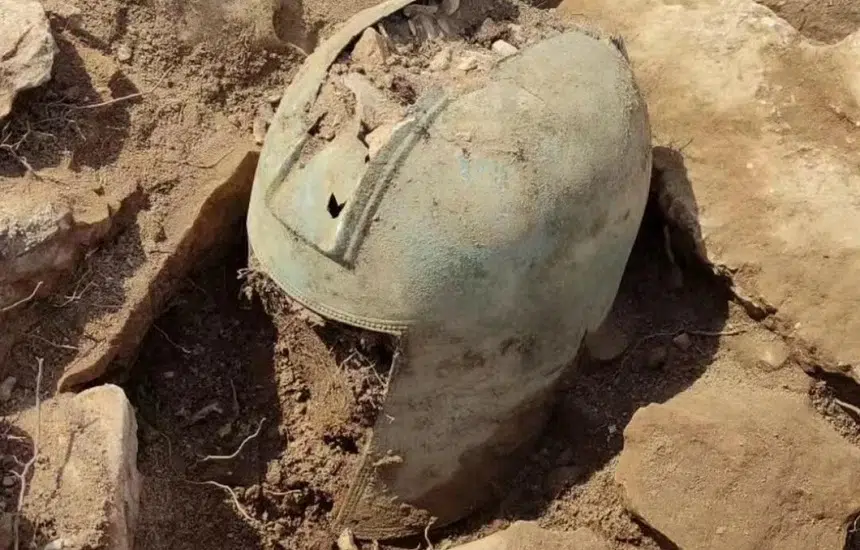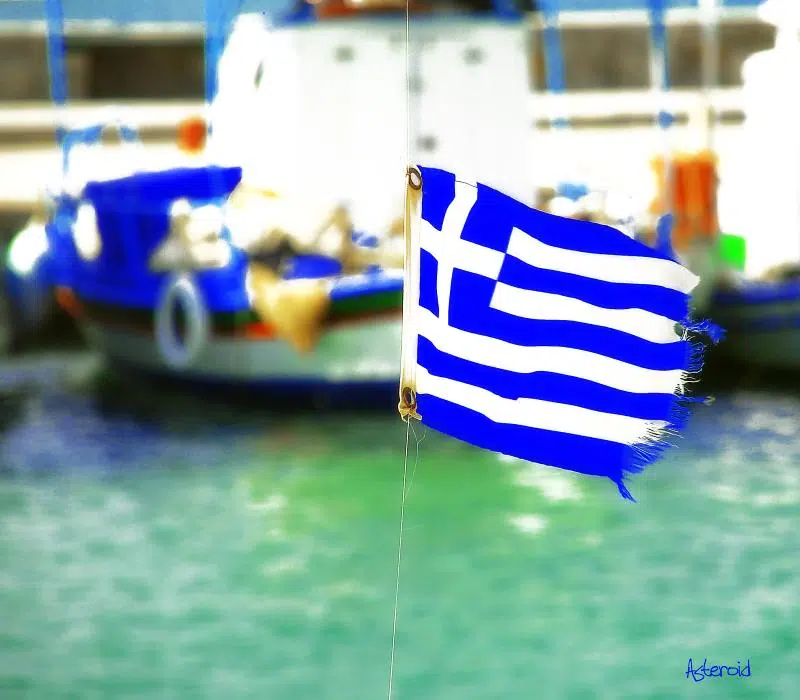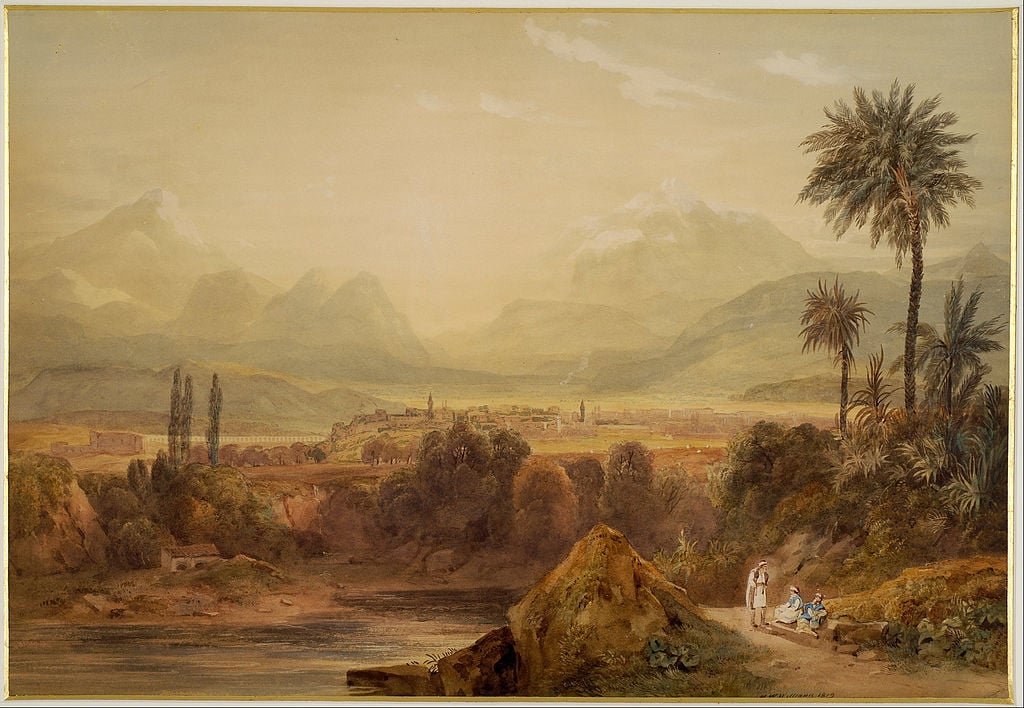
The ancient Greek city of Thebes played a central role in the long pageant of Greek history; appearing in many of the age-old legends of Greek mythology, it was part of the Mycenaean civilization during the Bronze Age.
Later becoming embroiled in the many conflicts between it and other Greek city states, Thebes (Θήβα, Thíva), in Boeotia, Central Greece once was the setting for the exploits of Cadmus, Oedipus, Dionysus, Heracles and other figures from Greek mythology.
Archaeological digs in Thebes and its vicinity have revealed evidence of a Mycenaean-era settlement, as well as clay tablets with the Linear B script, indicating the importance of the site in the Bronze Age.
Thebes played central role in Greek mythology, military history of nation
Thebes, the largest city of the ancient region of Boeotia, was the leader of the Boeotian confederacy, an alliance that was founded in 379 BC after a rebellion freed the cities of Boeotia from Spartan dominance.
It was a major rival of ancient Athens, and sided with the Persians during the 480 BC invasion under the Persian king Xerxes. Theban forces under the command of Epaminondas ended the Spartan hegemony at the Battle of Leuctra in 371 BC. The Sacred Band of Thebes (an elite military unit) famously fell at the Battle of Chaeronea in 338 BC against Philip II and Alexander the Great.
Prior to its destruction by Alexander in 335 BC, Thebes was such a major force in Greek history that it was the most dominant city-state at the time of the Macedonian conquest. During the Byzantine period, the city became famous for its silks as well.
Thebes is situated on a plain between Lake Yliki (ancient Hylica) to the north, and the Cithaeron mountains, which divide Boeotia from Attica, to the south. It is about 50 kilometers (31 miles) northwest of Athens.

The record of the earliest days of Thebes was preserved in legends that rival the myths of Troy in their cultural ramifications and the influence that they exerted on the literature of the classical age.
The foundation of the citadel Cadmea by Cadmus, and the growth of the Spartoi, or “Sown Men” which was most likely an etiological myth explaining the origin of the Theban nobility which bore that name, was also a seminal legend about the history of Thebes.
The immolation of Semele and the advent of the god Dionysus, as well as the building of the famed “seven-gated” wall by Amphion, which were referenced in the tales of Oedipus and Antigone, and the sagas of the origins of Zethus, Antiope and Dirce, played their part as well in cementing this city in the long history of the Greek nation.
The tale of Laius, whose misdeeds culminated in the tragedy of Oedipus and the wars of the “Seven against Thebes” and the Epigoni, and the downfall of his house, are also part of the lore of Thebes, as well as Laius’ pederastic rape of Chrysippus, which may have provided an etiology for the practice of pedagogic pederasty for which Thebes was famous.
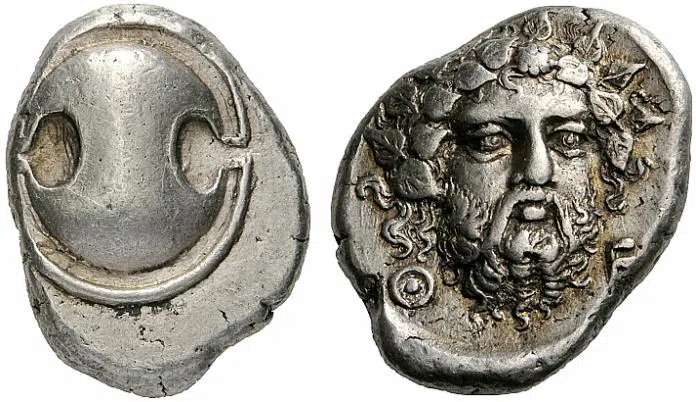
Legendary founder of Thebes was Cadmus, brother of Queen Europa
The Greeks believed that Thebes was founded by Cadmus, a Phoenician king from Tyre (now in Lebanon) who was the brother of Queen Europa. Cadmus was famous for teaching the Phoenician alphabet and building on the Acropolis of Thebes, which was named the Cadmeia in his honor; it became an intellectual, spiritual, and cultural center of the region.
Archaeological digs in and around Thebes have revealed cist graves, which are small stone coffin-like boxes or ossuaries used for the bodies of the dead, dating back to Mycenaean times. These graves contained weapons, ivory, and tablets written in the Linear B script — a precious link to the origin of this writing system.
The Dorians’ eventual conquest of Thebes is the origin of the stories of the successive attacks on that city.
The central position and military fortifications of the city raised it to a commanding position among the Boeotians, and from its early days its inhabitants established complete supremacy over the outlying towns.
By the time of Homer’s Iliad, which is believed to have been written around the middle of the eighth century BC, Thebes was already referred to as “Seven-Gated Thebes.”
In the late 6th century BC, Thebans had their first military conflict with the Athenians, who helped the small village of Plataea to keep its independence against them, and in 506 BC it repelled an attack into Attica.
Siding with Persians in Xerxes’ invasion of Greece
Historians speciulate that this long-standing rivalry with Athens may have led to Thebes siding with the Persians in their invasion of Greece in 480–479 BC. Although a contingent of 400 was sent to Thermopylae and remained there with Leonidas before being defeated alongside the Spartans, the governing aristocracy soon afterward joined King Xerxes I of Persia, fighting zealously on his behalf at the Battle of Plataea in 479 BC.
The victorious Greeks subsequently punished Thebes by depriving it of the presidency of the Boeotian League; an attempt by the Spartans to expel it from the Delphic amphictyony, or religious association of tribes, was only frustrated by the intercession of Athens.
In 457 BC, Sparta, needing an ally against Athens, reversed her policy, reinstating Thebes as the dominant power in Boeotia. The great citadel of Cadmea served this purpose well by holding out as a base of resistance when the Athenians overran and occupied the rest of the country in 457–447 BC.
In the Peloponnesian War, the Thebans, embittered by the support that Athens gave to the smaller Boeotian towns, and especially to Plataea, were the firm allies of Sparta. In 424 BC, at the head of the Boeotian levy, they inflicted a severe defeat on an invading force of Athenians at the Battle of Delium.
After the downfall of Athens at the end of the Peloponnesian War, Thebes formed the nucleus of the league against Sparta. At the Battle of Haliartus in 395 BC and the Battle of Coronea in 394 BC, they again proved their military capacity by standing their ground against the fearsome Spartans.
However, the ultimate result of the war was especially disastrous to Thebes, while its power was further reduced in 382 BC, when a Spartan force occupied the citadel by a treacherous coup de main.
Three years later, the Spartan garrison in Thebes was expelled and a democratic constitution was set up in place of the traditional oligarchy. In the consequent wars with Sparta, the Theban army, trained and led by Epaminondas and Pelopidas, proved itself formidable.
Years of desultory fighting, in which Thebes established its control over all Boeotia, culminated in 371 BC in a remarkable victory over the Spartans at Leuctra. The winners were hailed throughout Greece as champions of the oppressed.
They carried their arms into Peloponnesus and at the head of a large coalition, permanently crippled the power of Sparta, in part by freeing many helot slaves, who formed the basis of the entire Spartan economy.
Decline and destruction of once-great city of Thebes
However, the predominance of Thebes was short-lived, with Thebes’ renewed rivalry with Athens, and the death of Epaminondas at the Battle of Mantinea in 362 BC; the city was then relegated to a secondary power.
In the Third Sacred War, in 356–346 BC with Phocis, Thebes finally lost its predominance in central Greece. The Thebans then lost the decisive battle of Chaeronea, and along with it every hope of reassuming control over Greece.
An unsuccessful revolt in 335 BC against Philip of Macedonia’s son Alexander the Great while he was campaigning in the north was punished by Alexander and his Greek allies with the destruction of the city; its territory was divided between the other Boeotian cities.
The Thebans themselves were cruelly sold into slavery.
Alexander spared only priests, leaders of the pro-Macedonian party and descendants of the poet Pindar. According to Plutarch, however, a special Athenian embassy, led by Phocion, an opponent of the anti-Macedonian faction, was able to persuade Alexander to give up his demands for the exile of leaders of the anti-Macedonian party — most particularly the orator Demosthenes — and not sell the people into slavery.
Hellenistic and Roman eras in Thebes
Plutarch, however, writes that Alexander grieved after his excess, granting them any request of favors.
Alexander’s father Philip had been raised in Thebes, albeit as a hostage; historians believe that Philip had later honored them, always seeking alliances with the Boeotians, even in the lead-up to the Battle of Chaeronea.
Thebes was also revered as the most ancient of all Greek cities, with a history of over 1,000 years by that time. Plutarch wrote that, during his later conquests, whenever Alexander came across a former Theban, he would attempt to redress his destruction of Thebes with favors to that individual.
Restoration by Cassander, successor to Alexander
Following Alexander the Great’s death in 323 BC, Thebes was re-established in 315 BC by his successor, Cassander. By this action, Cassander sought to rectify the perceived wrongs of Alexander – a gesture of generosity that earned the new leader much goodwill throughout Greece. Loyal allies in the Theban exiles then returned to resettle Thebes.
Cassander’s plan for rebuilding Thebes ultimately proved successful; the Athenians, for example, rebuilt much of the wall around the city. Major contributions were sent from Megalopolis, Messene, and even as far away as Sicily and Italy, for this purpose.
Despite the restoration, Thebes never again regained its former prominence. The city later became allied with Lysimachus and the Aetolian League.
Byzantine Thebes
During the early Byzantine period, Thebes served as a refuge against foreign invaders. From the 10th century onward, Thebes became a center of the important new silk trade, its silk workshops importing soaps and dyes from Athens. By the middle of the 12th century, the city had become the biggest producer of silks in the entire Byzantine empire, surpassing even the Byzantine capital of Constantinople.
The women of Thebes were famed for their skills in weaving the delicate threads. Theban silk was prized above all others during this period, both for its quality and its excellent reputation.
Although plundered by the Normans in 1146, Thebes quickly resumed its prosperous trades; it continued to grow rapidly until its conquest by the Latins during the Fourth Crusade in 1204.
It then became ruled by the Duchy of Athens as of the year 1210. Because of its great wealth, the city was selected by the Frankish dynasty de la Roche to be its capital, before it was permanently moved to Athens.
After 1240, the Saint Omer family controlled the city jointly with the dukes of the de la Roche family. The castle built by Nicholas II of Saint Omer on the Cadmea was one of the most beautiful of Frankish Greece.
Latin rule over Thebes lasted to 1458, when the Ottomans captured it. In the modern Greek State, Thebes served as the capital of the prefecture of Boeotia until the late 19th century, when Livadeia became the capital.
Notable Thebans
Notable people who hailed from Thebes in ancient times include the poet Pindar (c. 518–443 BC), the painters Aristides of Thebes (4th century BC); and Nicomachus of Thebes (4th century BC); and the Cynic philosopher Crates of Thebes (c. 365 – c. 285 BC).
Notably, St. Luke the Evangelist, who died in 84 AD, was said to have been buried in Thebes, although his remains were later taken to Padua, Italy.
A native of the ancient Greek city of Antioch, Luke was a physician; his polished Greek, beyond that of any other New Testament writer, has been n noted by scholars. Since he uses the term “we” in many different passages in the Book of Acts, it is believed that he accompanied St. Paul on many of his journeys.
New DNA analysis performed on the body that was in the ancient lead coffin in Padua tentatively supported the belief that it was indeed that of St. Luke, who is considered the author of the third Gospel and the Acts of the Apostles, according to a report from the New York Times.
Dr. Guido Barbujani, a population geneticist at the University of Ferrara, Italy, used DNA from a tooth found in the coffin, concluding that the DNA was indeed like that of people from the region of Antioch. Radiocarbon dating also showed that it had belonged to someone who died between the years of 72 A.D. and 416 A.D.
Ancient sources state that St. Luke died at the age of 84 in about the year 150 A.D. in Thebes. The coffin with his remains was first taken to Constantinople in 338 A.D. but was later transported to Padua, Italy.
Barbujani’s report was published in the journal Proceedings of the National Academy of Sciences of the United States.
The modern city of Thebes has an important archaeological museum, the remains of the Cadmea citadel, and scattered ancient ruins.



